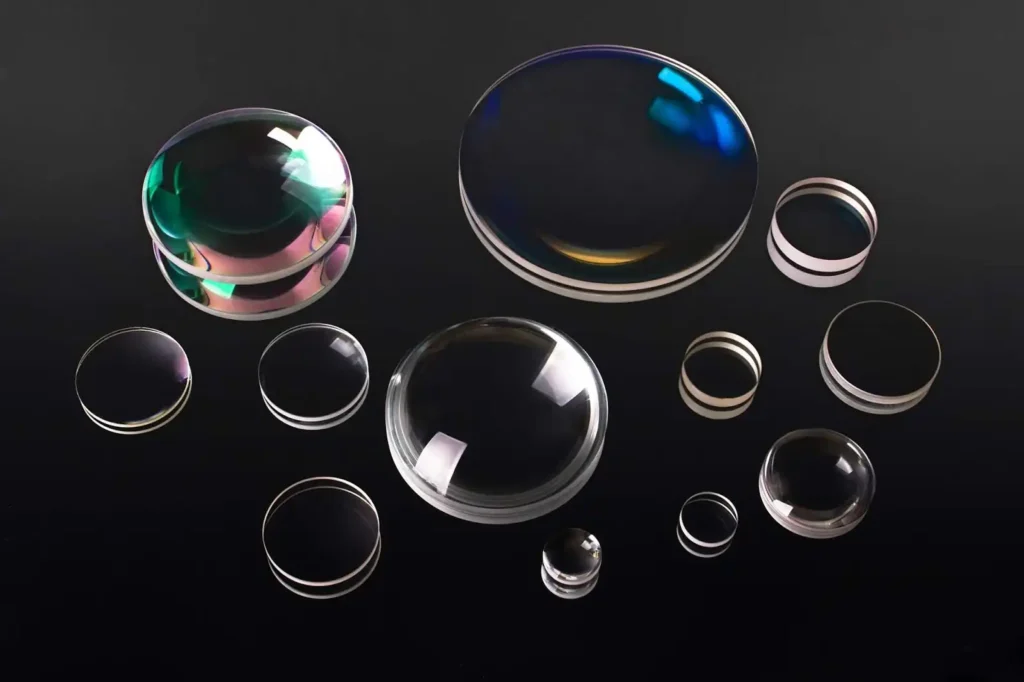Magnesium oxide (MgO) has a significant positive impact on the thermal stability of optical glass, making it indispensable, especially in high-performance optical systems. The following details its specific contributions and the underlying principles in enhancing thermal stability:

I. Main Contributions of Magnesium Oxide to Thermal Stability
- Improving the Ability to Control Thermal Expansion:
Magnesium oxide belongs to the alkaline earth metal oxides with a moderate coefficient of thermal expansion (CTE). In optical glass, it can play a role in regulating the CTE.
Appropriate addition of magnesium oxide can reduce the non-uniformity of thermal expansion and prevent the glass from fracturing due to stress concentration during temperature changes. - Enhancing the Thermal Shock Resistance of Glass:
The Mg–O bond formed by magnesium oxide has a high bond energy and strong structural stability, which helps improve the glass’s adaptability to sudden temperature changes.
In applications requiring rapid heating or cooling (such as laser windows, aerospace instruments), glass with added magnesium oxide is less prone to cracking. - Increasing Softening Point and Thermal Deformation Temperature:
Magnesium oxide can raise the softening point of the glass, allowing it to maintain good shape and structural stability even at high temperatures.
This is particularly crucial for maintaining the dimensional accuracy of precision optical lenses during processing and use. - Promoting the Stability of the Glass Network Structure:
Mg²⁺ acts as a network-modifying ion, combining with the Si–O framework in the glass structure to form a denser and more stable structural network.
The higher the structural density, the slower the thermal fluctuation response of the glass, resulting in better overall thermal stability.
II. Examples of the Impact of Magnesium Oxide on Thermal Stability in Typical Optical Glasses
- Laser Glass:
High-power lasers can cause instantaneous local high temperatures. The addition of magnesium oxide can reduce the risk of thermal cracking in laser glass and extend the lifespan of the lenses. - Space Optical Devices:
In the space environment with frequent high and low temperature alternations (-150°C to +200°C), optical glass containing magnesium oxide can maintain structural integrity. - Optical Fiber Preforms:
Magnesium oxide can improve the thermal stability of optical fiber preforms during the high-temperature drawing process, reducing optical loss and fiber breakage risks.
III. Why Choose MgO to Enhance Thermal Stability?
- High melting point and high bond energy, does not decompose in high-temperature environments, and does not affect glass performance.
- Good thermal conductivity, reduces internal temperature differences and minimizes thermal stress.
- Stable crystal structure enhances the integrity of the glass network.
- Adjustable coefficient of thermal expansion, reduces cracking caused by thermal expansion and contraction.
